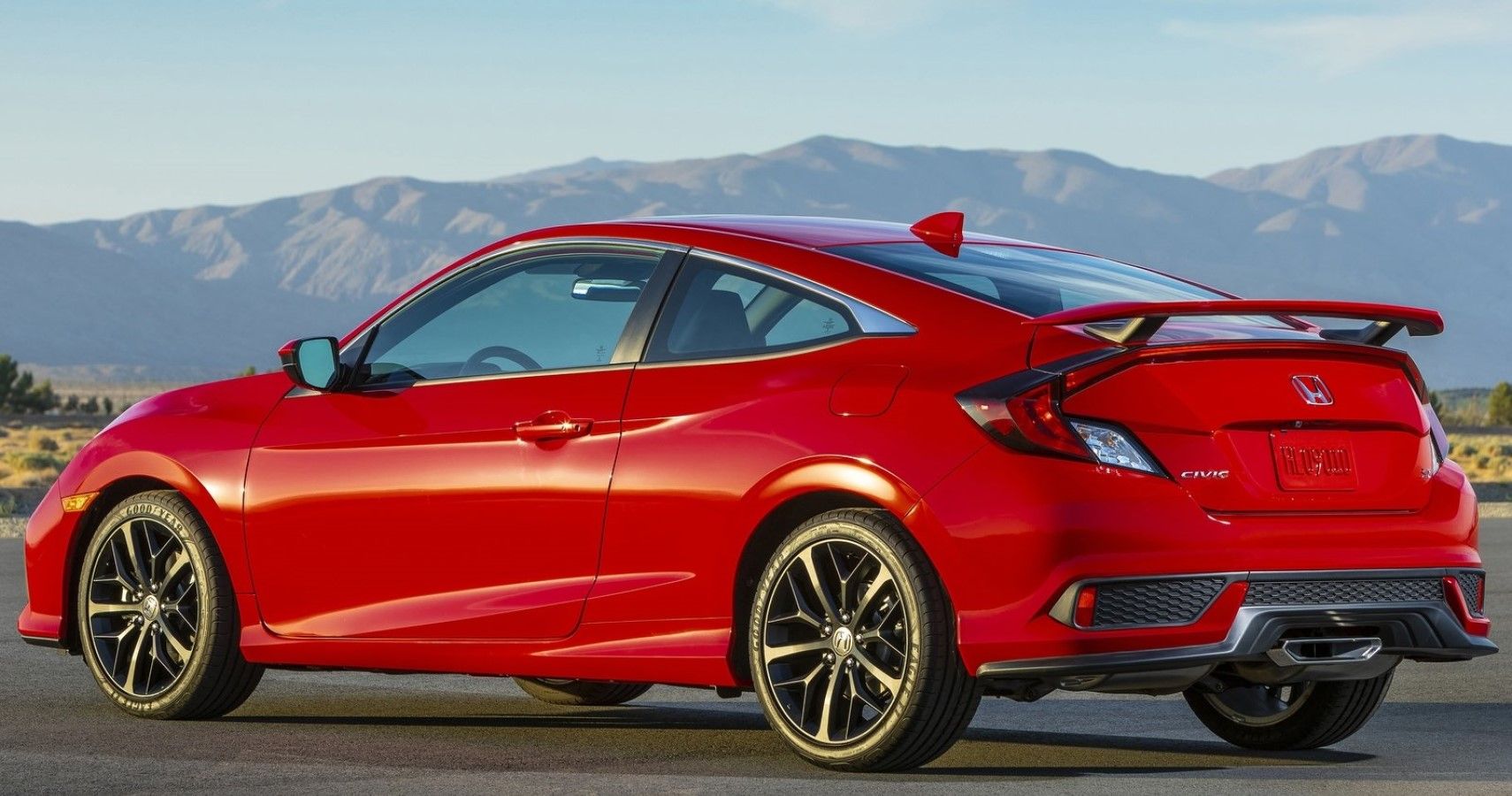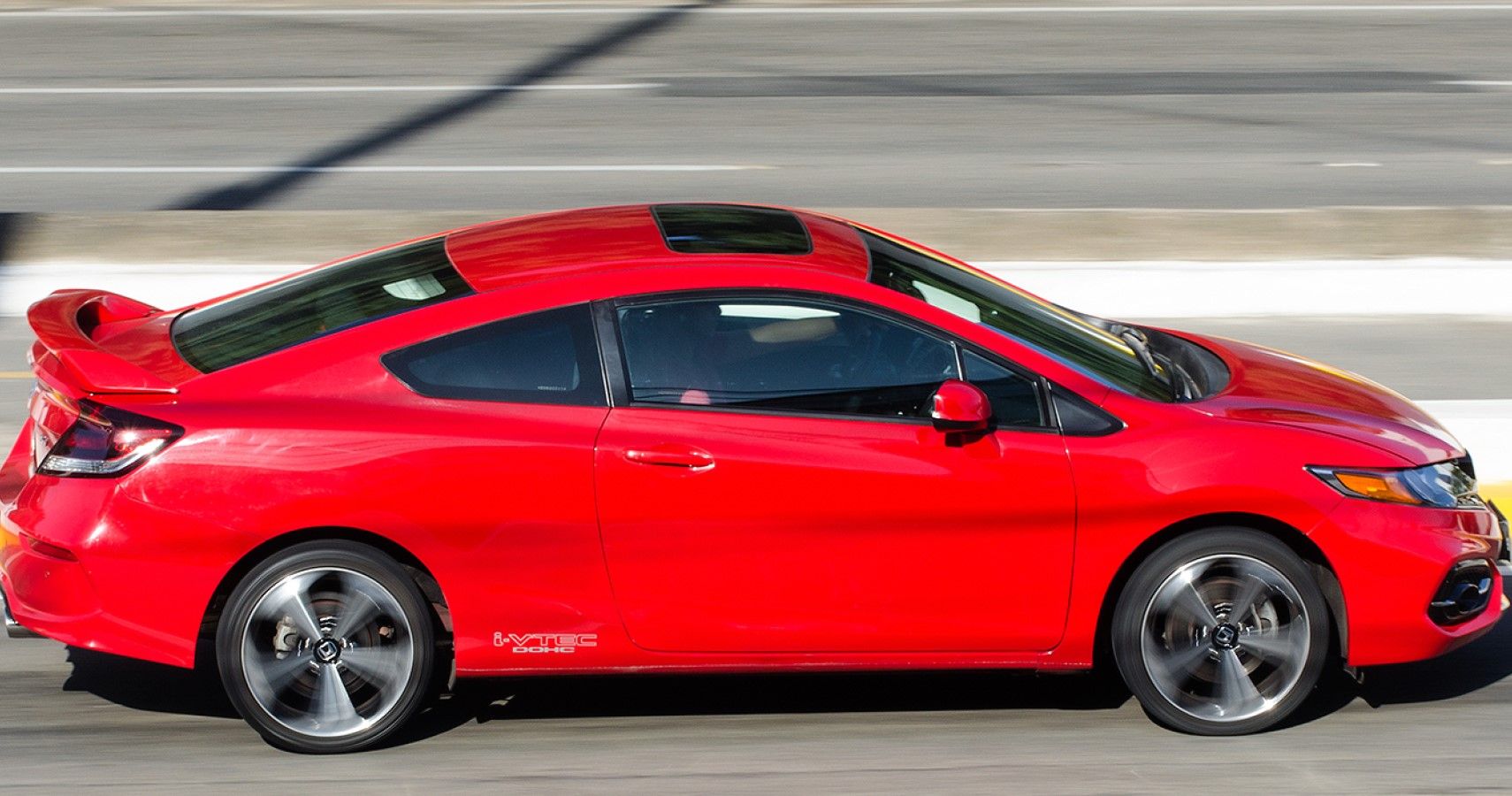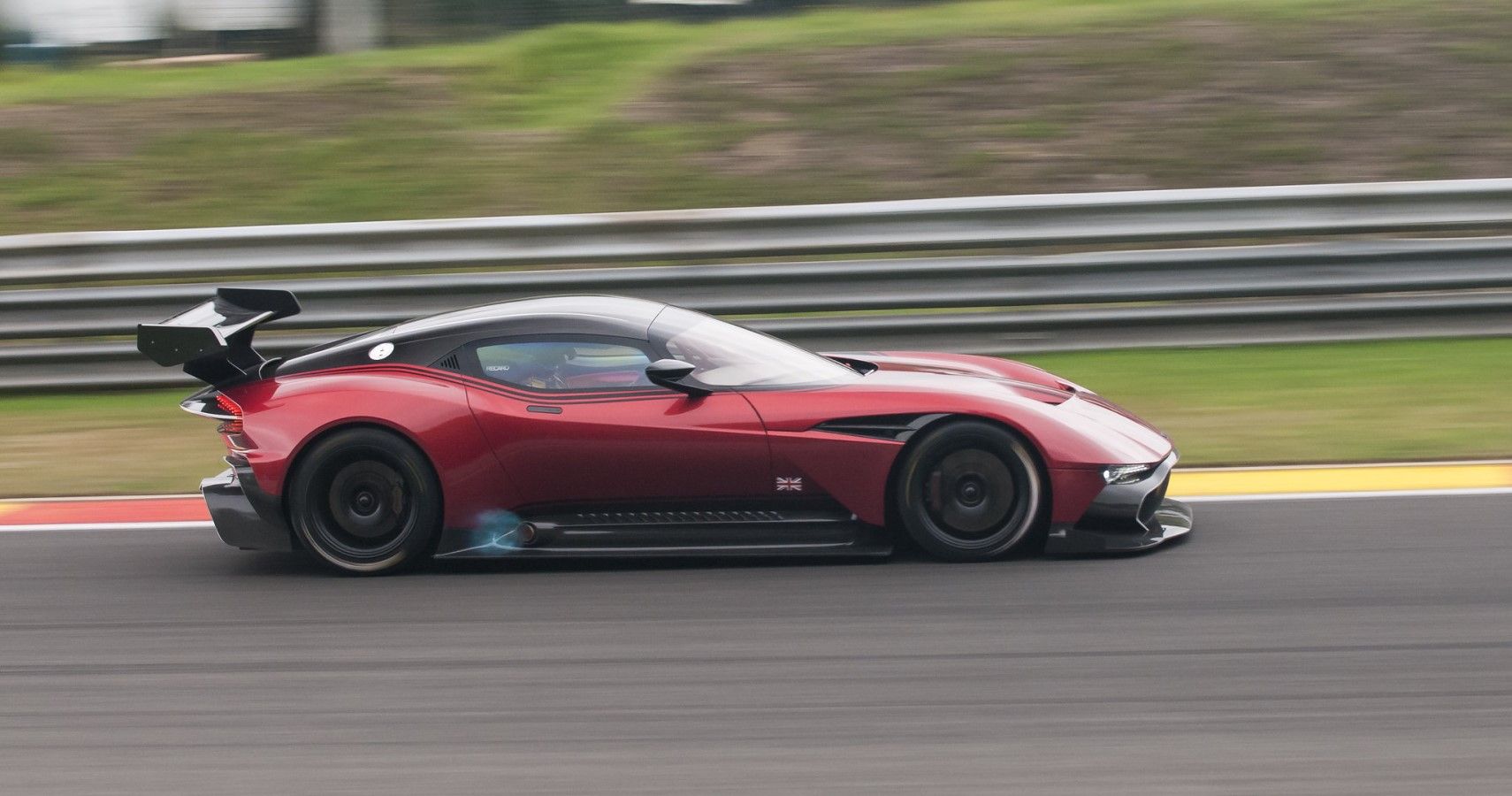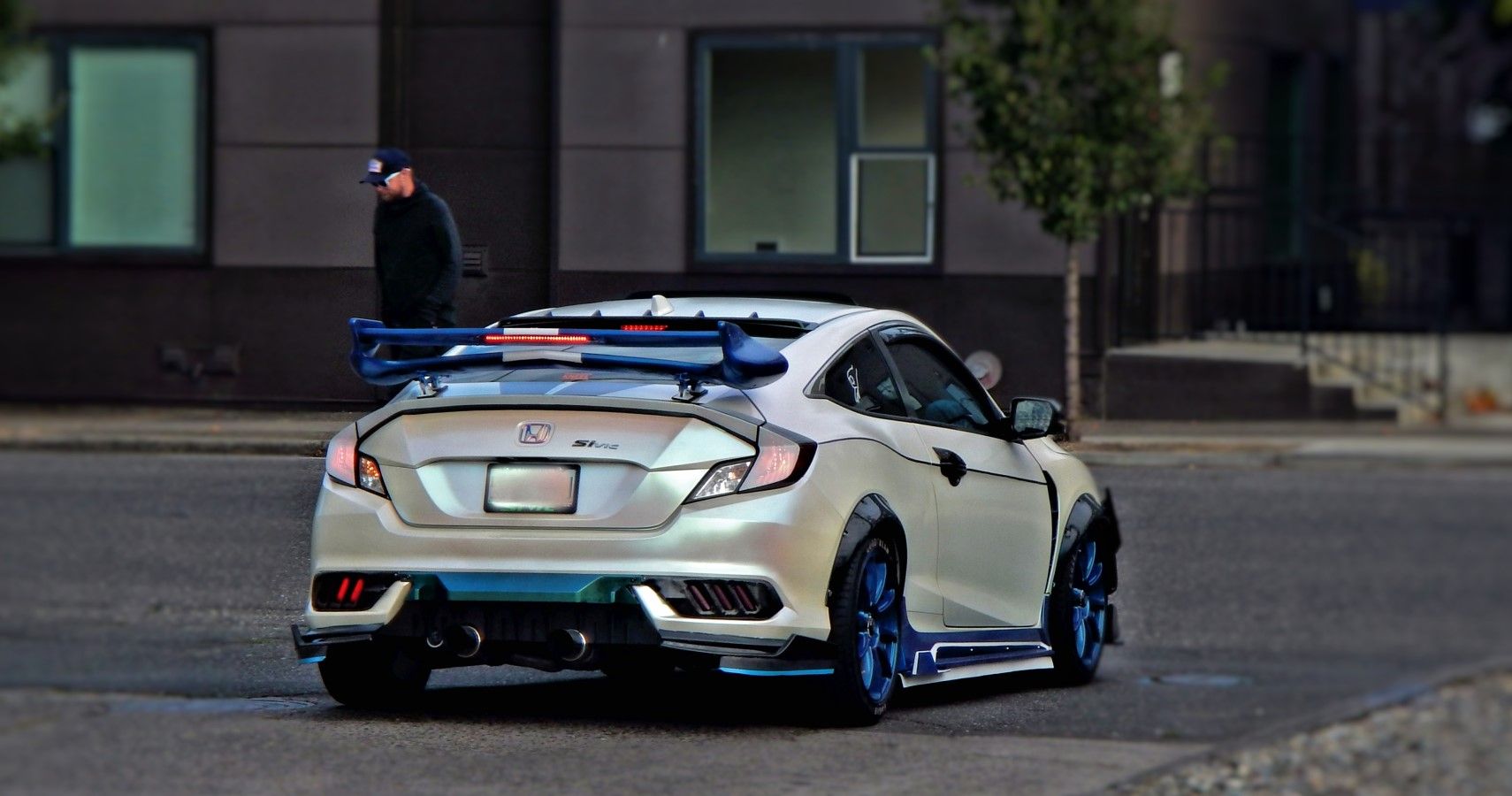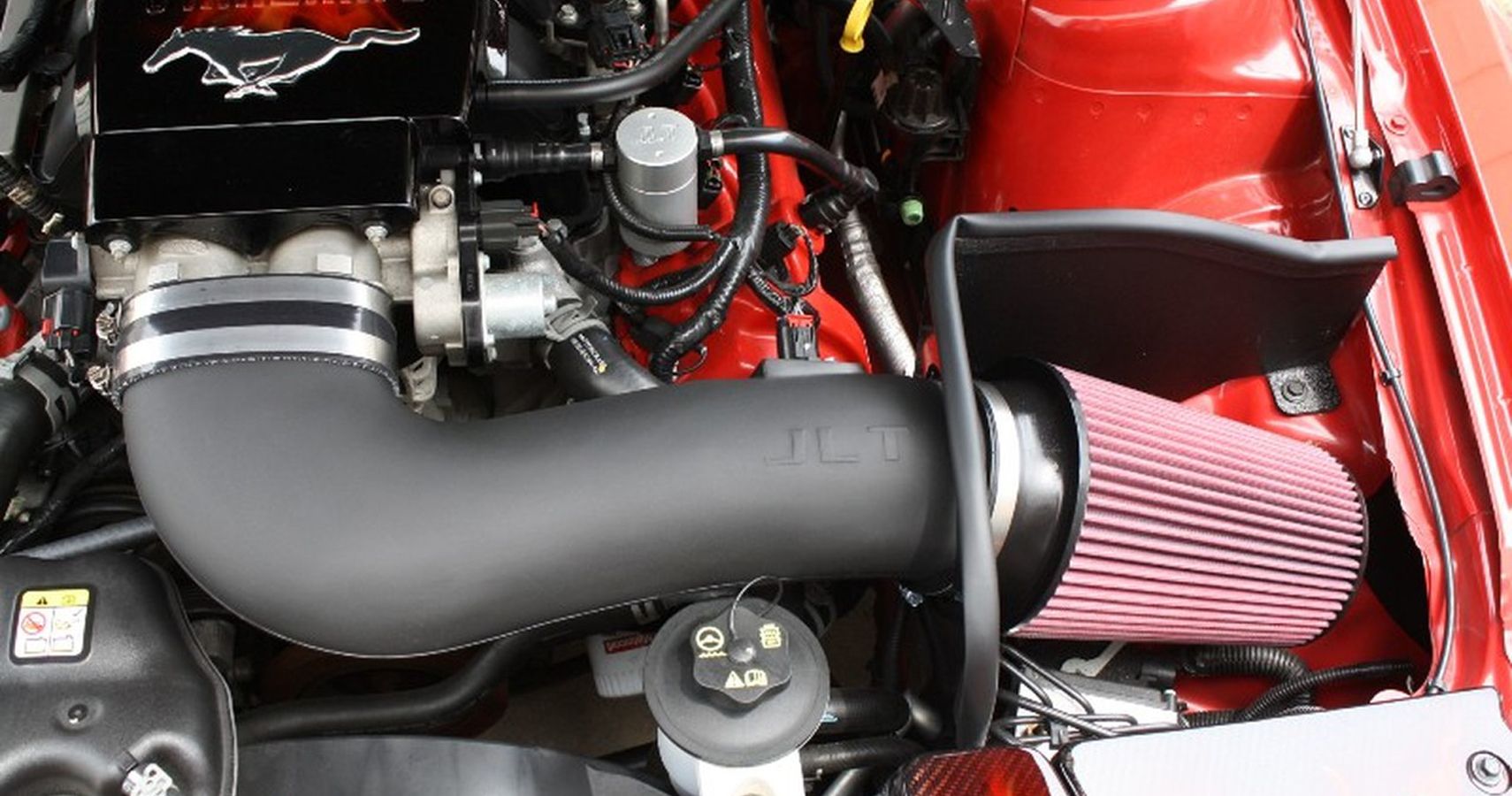One of the most famous and controversial car modifications is to slap on a spoiler. While initially often fitted to race and high-performance sports cars, nowadays, spoilers have become one of the most common modifications to everyday cars, often for visual appeal only. It's not hard to spot a spoiler on even a sedan or a hatchback.
But what do spoilers really do? Are they just a trendy cosmetic feature that's been overused by people who watch too much Fast and Furious? Or does it really affect the performance and/or aerodynamics of a car? Sadly, spoilers don't bring about any noticeable change in the handling and aerodynamic appeal of bread-and-butter cars.
But that is not the case with high-performance machines with enough hp to give you a sore neck! For a spoiler to work at its prime, it should be slapped onto cars that actually make sense. Many supercars and hypercars have sophisticated spoiler designs to provide for the optimum balance of power, handling, and braking efficiency.
Beautiful cars like the Pagani Huayra sport a four-flap active aero spoiler system that aids in braking, cornering, and high-speed stability. But, on the flip side, those huge (sometimes cringe-worthy) aftermarket spoilers that you see on cars that don't even breach the 80 mph mark, are purely for aesthetics!
Updated September 2022: Cars are some of the most visually appealing machines known to man. But over time there have been numerous useless modifications that are only intended for visual appeal and to help the car stand out. The spoiler is one such specimen that started off as a sophisticated air-splitting element but has now ended up being a bolt-on style statement for any and every car out there. We tell you of the adverse effects a spoiler has on a car that doesn't need it.
Spoiler Formula: Aerodynamics And Fuel Efficiency
To put it in basic words, aerodynamics is the study of how air flows around an object, especially when that object is in motion. When it comes to automobiles, the aim is to reduce drag, make sure the automobile doesn't oversteer or understeer, and create downforce at high speeds to improve traction which results in better cornering.
Essentially one of the most important functional aspects of designing a car is to create something that is aerodynamically efficient; such a design helps to create better flow and reduces drag. This ultimately results in needing less power from the engine and thus fuel efficiency.
How Do Spoilers Work On Cars?
Spoilers, when installed appropriately, can help with several objectives that aerodynamics aims for especially when it comes to creating more downforce and better steering in race cars. Without spoilers, a race car only has its weight to that force the wheels down on the road. if a car that's meant to go fast is too light, it can easily slide away at high speeds.
Adding more weight, however, dramatically affects the speed and acceleration. Another problem with adding excessive weight to improve a better grip is that in turns, where you want heightened grip levels, being heavy does more harm than good. Car designers have come up with a better alternative for increasing a car's grip on the track. A well-designed spoiler helps to increase the grip by pushing the air up and the automobile down.
The faster the automobile goes the more the effects of its spoiler are felt. Another effect that spoilers have is generating more drag. Drag is the natural reaction of the air to resist the car's motion through it. Drag is not good. A not-so-well-designed spoiler either doesn't create much downforce (which makes it useless) or creates too much downforce (which makes the car go slower rather than faster.)
Some very high-performance cars, Like the McLaren F1, have something called the "lift/drag ratio." Car designers and engineers try to maximize this ratio as much as possible to make just enough downforce for the car to go around the corners at high speeds, but not too much that the car is too slow.
Effects Of Spoiler On A Bread-And-Butter Car
In short, not much at all. Spoilers work best at high speeds (at least 60 to 70 miles per hour). You wouldn't drive a four-cylinder family sedan above 70 mph that often to be able to feel any different. even if you would want to floor it, you probably don't have that much freedom on the streets and the highways to put it into practice. Especially when it comes to cornering, which is the number one reason spoilers are made for.
It wouldn't be that much of a wild guess if we said your everyday car already has a good enough downforce to speed ratio not to let you down (or lift you in the air for that matter) when driving on the streets. So next time someone showed off the custom spoiler they installed on their 2002 Toyota Camry, you can roll your eyes in confidence and ruin their moment.
This Mod Is Better Than A Spoiler On An Everyday Car
If you are looking for ways to modify your car to improve its overall performance, there are a handful of options to consider before going for a fancy spoiler. Adding a cold air intake to your car, for example, significantly improves the performance of your car. Since cold air is denser than warm air, it will bring more air into the motor and the motor can generate more torque and horsepower.
Spending your money on better and wider tires, installing better brake disks, installing superchargers, or upgrading your fuel system are some other steps you can take instead of going for a spoiler if you are looking for ways to improve your car's performance.
Sources: Civic Forums, Honda, Mitsubishi

